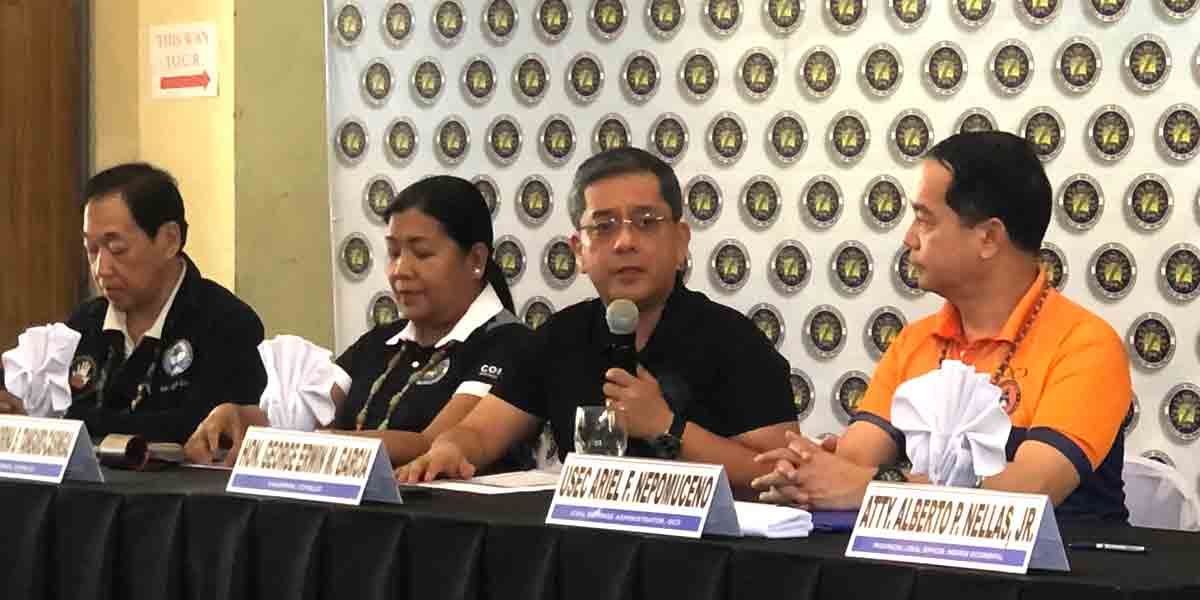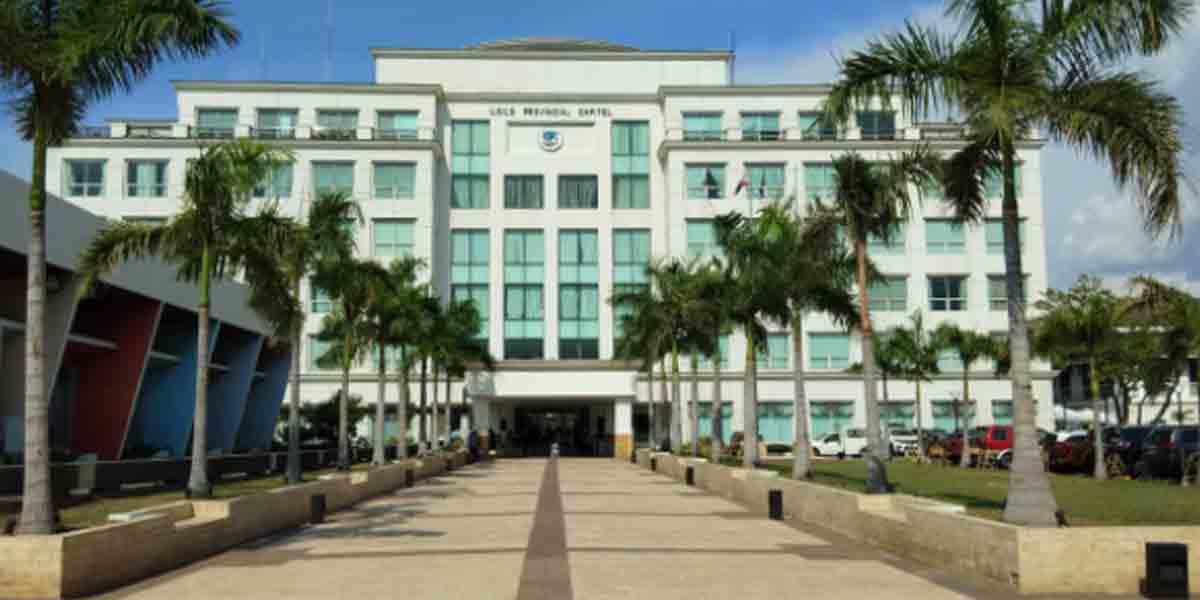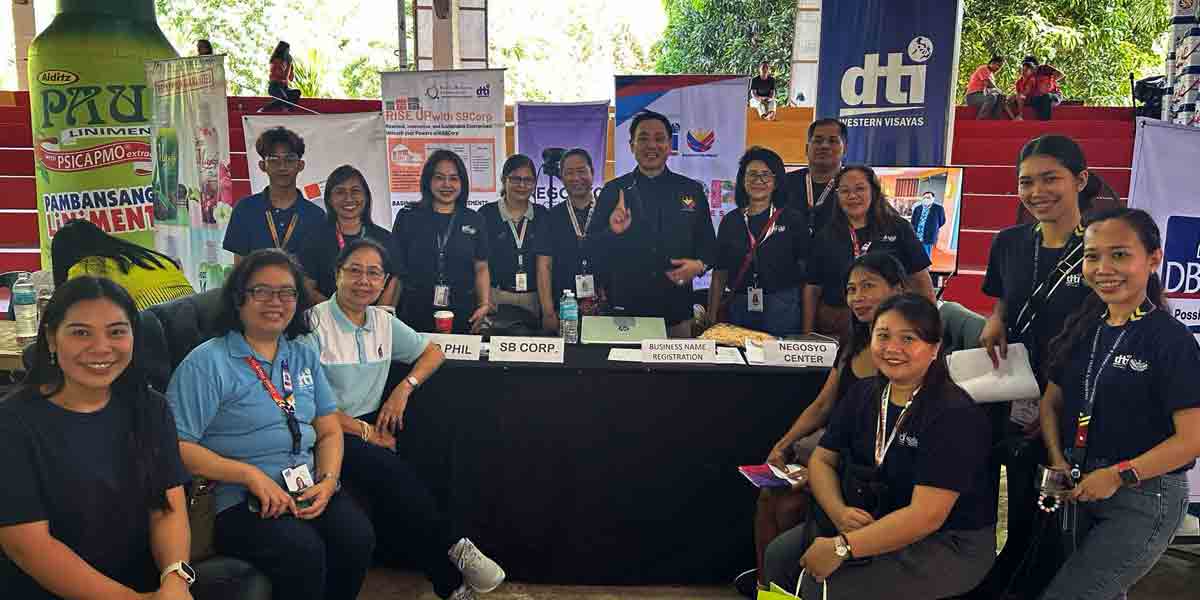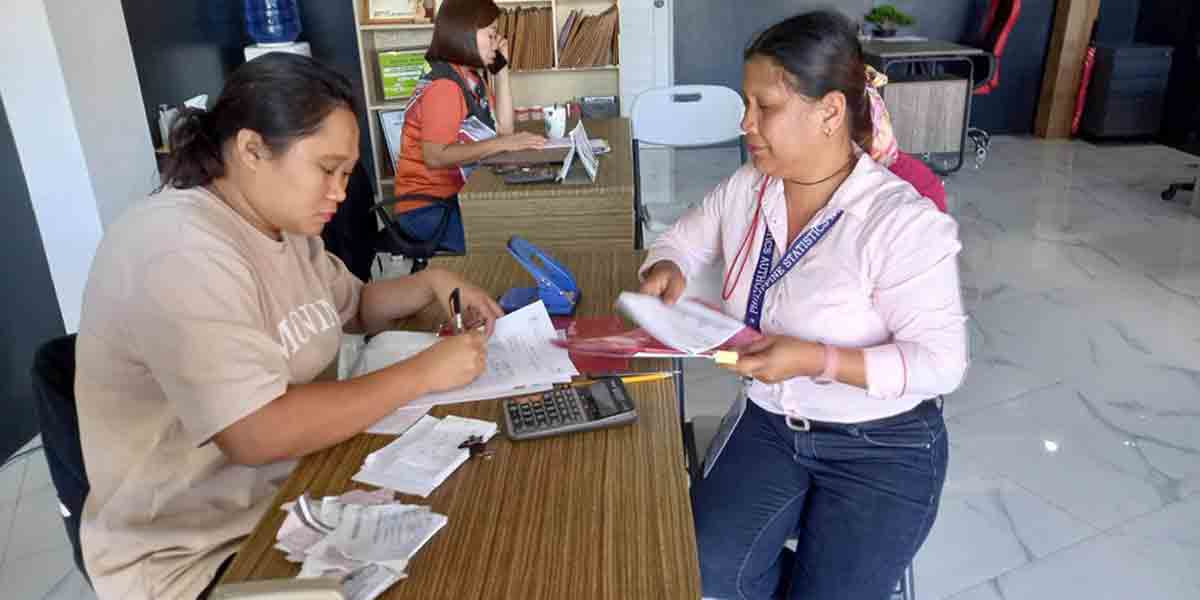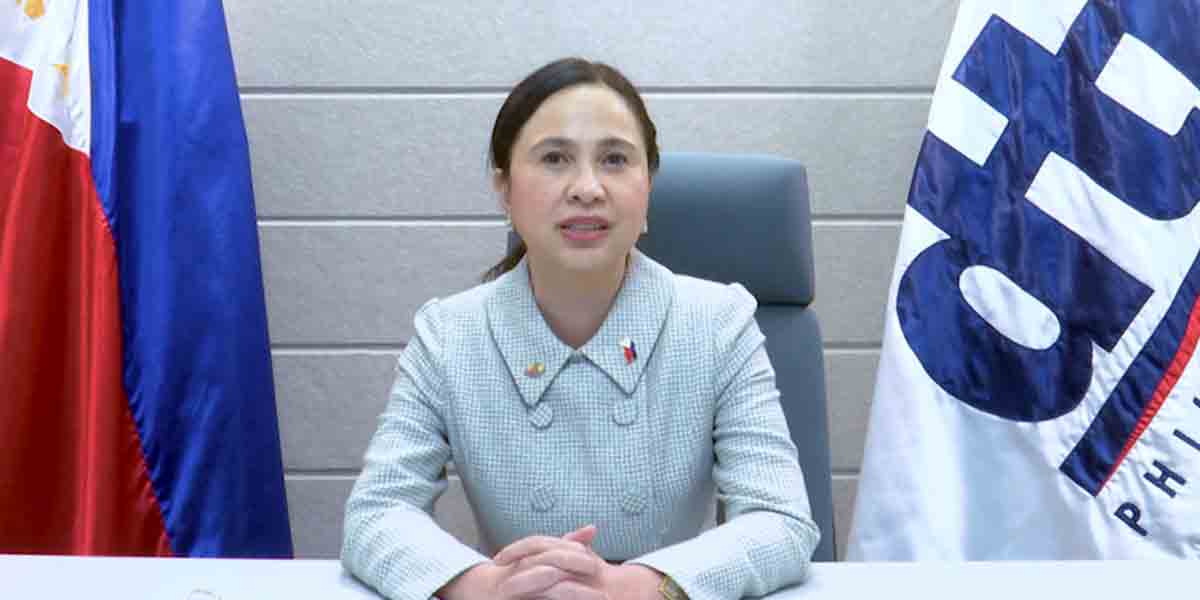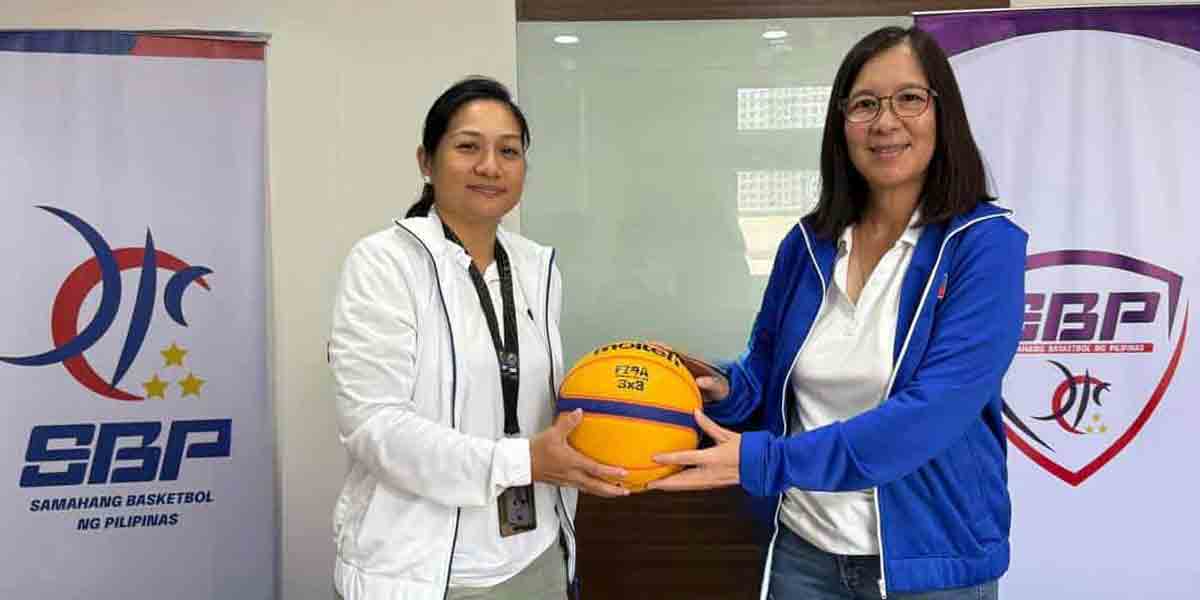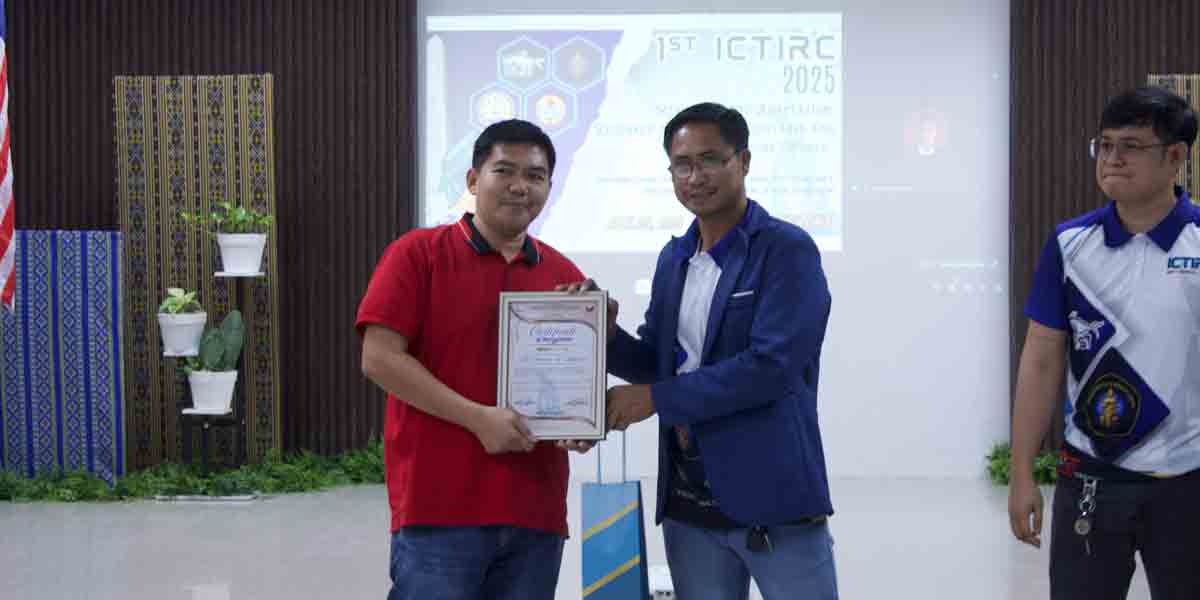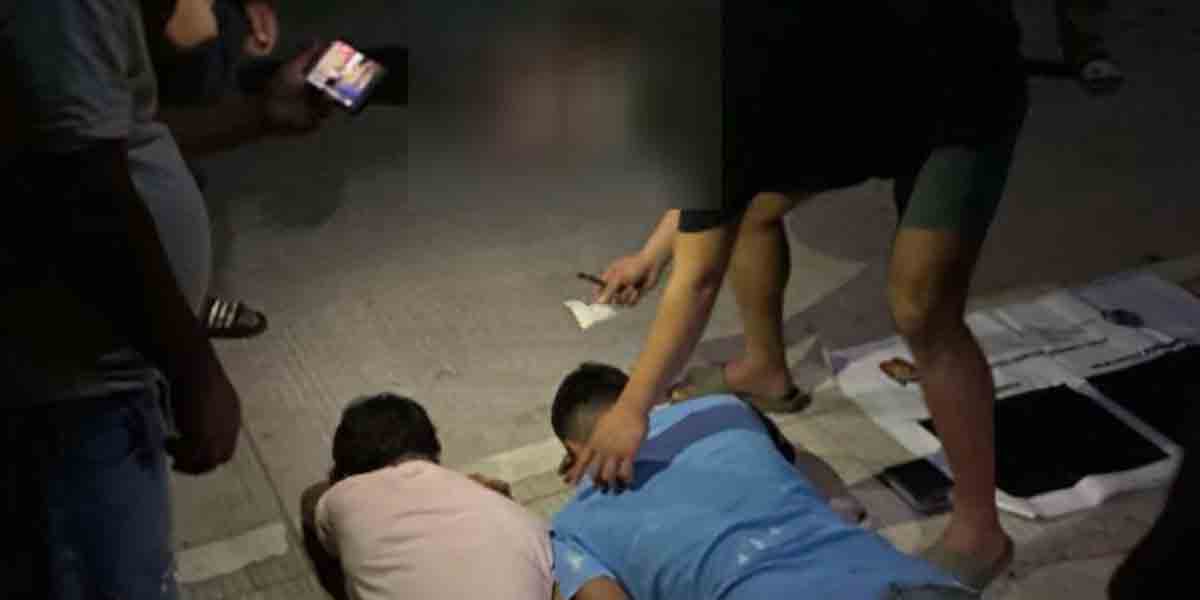By Herman M. Lagon
Something is profoundly wrong when 18 million high school graduates leave school with diplomas but cannot fully read a news article, understand a public sign, or follow basic job instructions. That is not just a statistic; it is a quiet national crisis. According to the 2024 Functional Literacy, Education, and Mass Media Survey (FLEMMS), a staggering portion of our youth are considered “functionally illiterate”—and many of them are already in the workforce, in our homes, or worse, standing in front of classrooms as educators themselves.
Recently, I saw both the gravity of the problem and the glimmer of promise firsthand. I had the opportunity to co-facilitate the Capability Building Workshop on Research and Innovation for about 30 lead researchers and innovators from DepEd Region VI. For four days at The Assemblage Point in San Joaquin, Iloilo, I worked alongside Prof. Early Sol Gadong of UP Visayas, guiding educators as they identified the root causes of our educational crisis in their divisions and began crafting actionable responses. These teachers and supervisors knew what it felt like to face students who stared blankly at a simple paragraph or fundamental mathematical operations. Their fatigue was visible—but so was their resolve.
The workshop was not just a skills transfer. It was about empowering those who face the problem daily. We walked through the research design, honed objectives, dissected data, and reflected on what authentic, workable innovation could look like in real classrooms and offices. What struck me most was their urgency—not for abstract reform but for interventions that work beyond paper. This is what the Philippine Youth Development Plan (PYDP) and the UN Sustainable Development Goals (SDGs) aspire to: inclusive growth, civic participation, and systemic change anchored on authentic metrics.
But passion is not policy. And frontline workers, as committed as they are, cannot carry this weight alone. The data from FLEMMS and EDCOM 2 are not just alarming—they are damning. Children are four to five years behind in expected literacy milestones. Nearly half the population in BARMM and Region IX cannot comprehend a basic story. This is no longer just about pedagogy. It is about infrastructure, equity, and access. When good policies stay on paper, they become beautifully written apologies.
When Education Secretary Sonny Angara said DepEd would pivot toward critical thinking over rote memorization, it felt like a breath of fresh air. But we need more than policy pronouncements. We must change how we define success, assess learning, and imagine the classrooms and school grounds—not as a compliance zone but as a launchpad for lives.
As defined by the PSA, functional literacy now includes comprehension, application, and information processing—not just reading words. That is a commendable shift. But it also means our standards must evolve. If 21 percent of senior high school graduates are functionally illiterate yet still cleared for graduation, someone signed off. What were the metrics? Who evaluated the teaching? When did we start believing that promoting students automatically is a form of compassion, not neglect?
One decisive moment during our training came during a peer review session. A senior teacher from Negros Occidental stood up and said, “Sir, if we truly want change, it should not be just us taking action. The LGU, the barangay, the parents, and the rest of the community must also be involved.” She was spot-on. The burden of reform cannot be carried by teachers alone. Schools are not islands. When communities are disengaged, learning ends at dismissal.
I left that training more convinced than ever that we must respect and invest in our educators as professionals. We must pay them properly, train them intensely, and free them from the tyranny of test prep. When you invest in a teacher, you invest in every student they will ever mentor. And for administrators? Equip them to lead with empathy and adaptiveness. Not all innovation needs apps—sometimes, it just needs permission to challenge outdated methods.
Functional illiteracy is not the fault of one administration, and no single initiative can undo years of neglect. But inaction is indefensible. Senator Sherwin Gatchalian put it bluntly: “We cannot just sit down and sleep well at night knowingly that we have constituents who cannot read, write, and compute.” Neither should we. This is not only an educational issue—it is a moral one.
One innovator from Panay approached me near the end of the workshop and said, “Sir, thank you for reminding us that we are not alone.” That stayed with me. No teacher, learner, or leader should be left to navigate this alone. Reform is not a solo race. It is a team voyage. As EDCOM 2 has taught us, we must sail together—not ahead, not behind, but side by side, weathering the storms and celebrating the clear skies together.
So here is to every teacher who stays late, reworks modules, and loses sleep over a child still stuck on the basics. You are the real curriculum. You are the bridge. And to decision-makers and stakeholders, the time for admiring the problem is over. The 18 million we failed are not numbers. They are our children, our future. The next batch is already here. The boat is ready. All it needs now is for all hands to be on deck.
***
Doc H fondly describes himself as a “student of and for life” who, like many others, aspires to a life-giving and why-driven world grounded in social justice and the pursuit of happiness. His views do not necessarily reflect those of the institutions he is employed or connected with.


